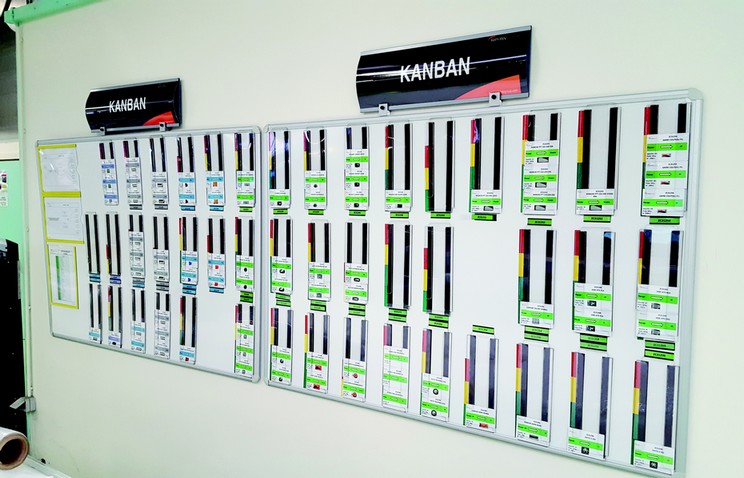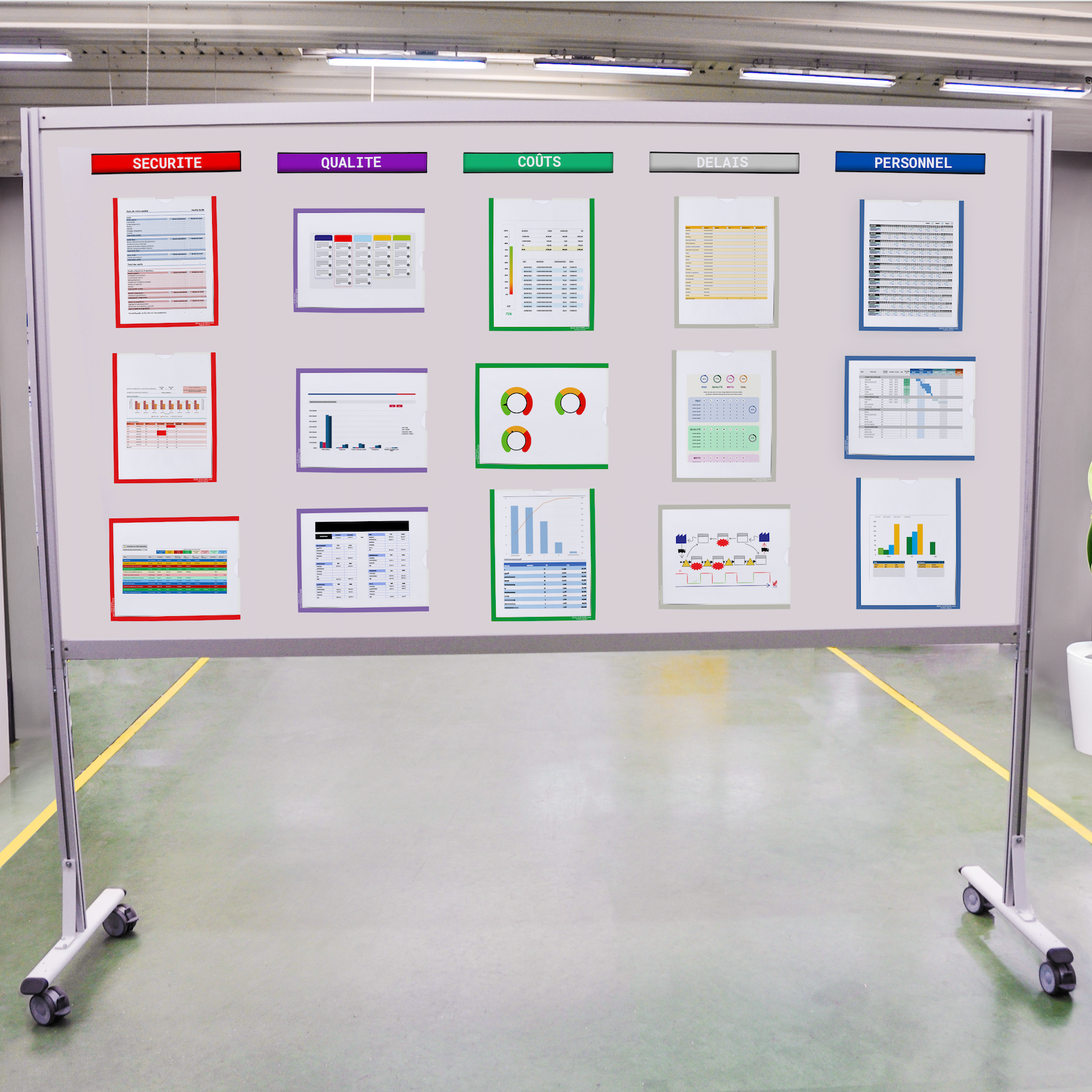Production delays can pose a major challenge for any industrial company manufacturing products. They lead to increased costs, dissatisfied customers, and can negatively impact market competitiveness. However, rigorous and optimized scheduling can transform these challenges into opportunities for improved efficiency. Here are five practical keys to avoid production delays and ensure smooth, productive management.

1. Analyze and Anticipate Constraints
Effective planning begins with a thorough analysis of constraints.
This includes:
- Available resources: machines, equipment, and workforce.
- Supplier timelines: pay special attention to critical deadlines for raw materials or essential components.
- Potential disruptions: breakdowns, logistical delays, and unexpected demand surges.
By anticipating these factors, teams can create realistic schedules and incorporate appropriate safety margins. Advanced constraint management software also enables simulation of various scenarios to adopt preventive strategies.
2. Implement Real-Time Monitoring
Transparency in task progress is crucial to detecting and resolving problems before they result in delays.
- Integrate digital tools: systems such as ERP (Enterprise Resource Planning) or IoT (Internet of Things) solutions allow real-time tracking of key performance indicators (KPIs) in production.
- Analyze deviations: when performance diverges from forecasts, it’s vital to quickly identify the causes and respond effectively.
Real-time monitoring reduces uncertainty and facilitates faster, more accurate decision-making.
3. Foster Team Collaboration
Delays often stem from a lack of coordination between different departments. Communication is thus a key factor in successful planning.
- Regular meetings: organize weekly or daily checkpoints to synchronize priorities and share critical information.
- Collaborative tools: platforms like Slack, Microsoft Teams, or ERP-integrated modules help teams stay connected and share real-time updates.
Encouraging a spirit of collaboration strengthens coherence across actions and minimizes errors in information sharing or interpretation.
4. Optimize Schedules with Reliable Data
Planning decisions must rely on accurate and up-to-date data.
To achieve this:
- Analyze historical data: use past production cycle data to identify recurring bottlenecks. Implementing Heijunka cycles can help level production, and Takt Time is recommended to evaluate the ideal duration of production.
- Adopt artificial intelligence: AI algorithms can predict trends, such as seasonal variations or demand peaks, enabling better schedule adjustments.
- Monitor supplier performance: conduct regular evaluations to ensure they meet expected deadlines and quality standards.
Reliable data reduces assumptions and enhances the precision of production plans.
5. Develop Contingency Plans
Even the best strategies cannot completely eliminate unforeseen events. Therefore, it is essential to have backup plans in place.
- Identify alternatives: plan secondary suppliers or temporary solutions in case of equipment failure.
- Establish crisis protocols: set up standardized procedures to quickly address major disruptions.
- Train your teams: educate employees on emergency protocols so they can respond effectively.
The ability to recover from unexpected events can make the difference between a minor delay and a significant production interruption.
Conclusion
Optimized planning relies on a deep understanding of constraints, the ability to monitor processes in real time, and seamless team collaboration. By leveraging reliable data and preparing contingency plans, industrial companies can significantly reduce the risk of delays. These five keys serve as a practical guide to improving production management and maintaining a lasting competitive advantage.
By implementing these principles, businesses are better equipped to meet the challenges of modern production while satisfying the expectations of their customers and partners.




